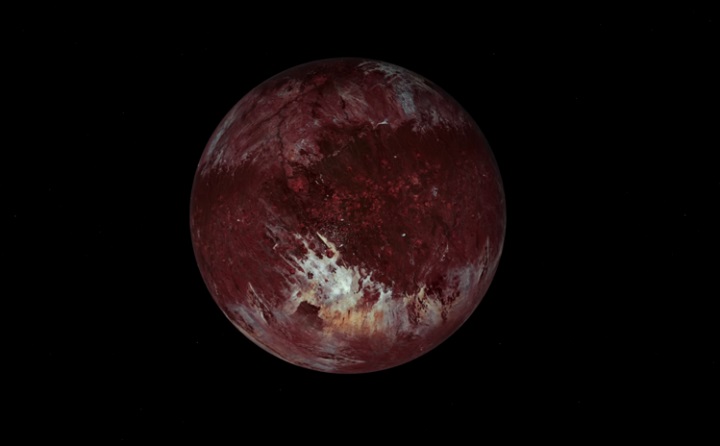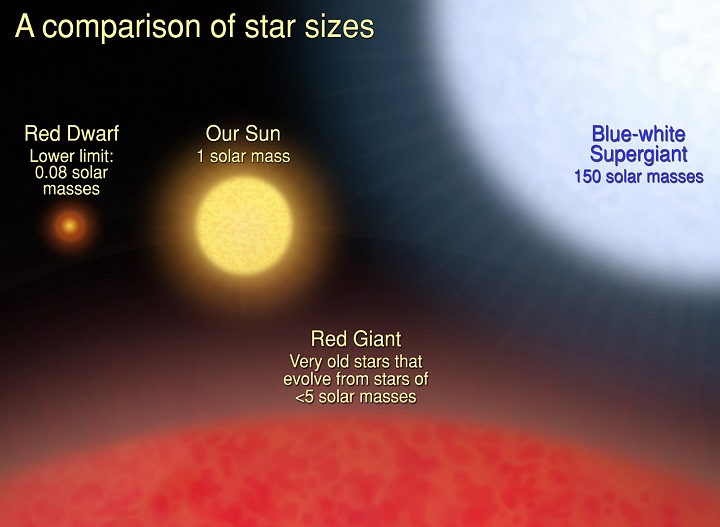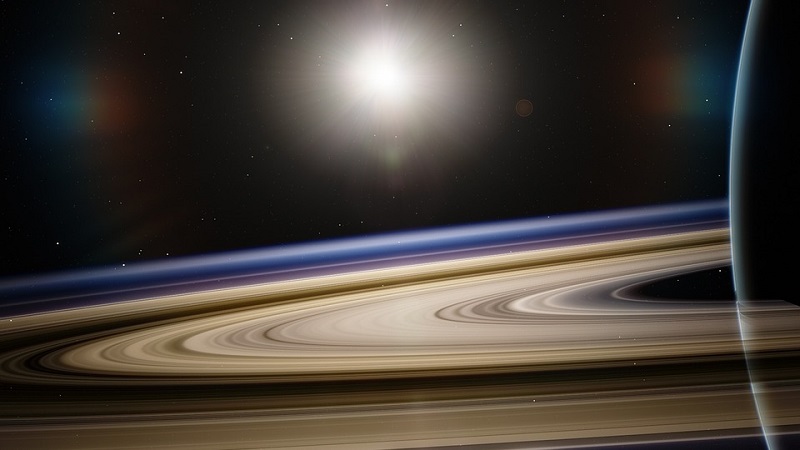Sedna is located so far away that it is extremely difficult to see it. This frozen celestial body needs thousands of years for one revolution around the Sun, and now it’s really far away from us. Perhaps it’s even older than the planets of the Solar system…
Top facts about Sedna
- By all accounts, Sedna is a dwarf planet. But it still doesn’t have this status officially.
- The distance from Sedna to the Sun in the farthest part of the orbit exceeds the distance between the Sun and the Earth by 960 times.
- Sedna was named after the eponymous goddess, the ruler of sea animals in the Eskimo Pantheon.
- It has an unusually red surface. Apparently, Sedna looks even redder visually than Mars.
- The orbit of this dwarf planet is very elongated. At the closest point in the orbit to the Sun, it is 12 times closer to it than at the farthest point.
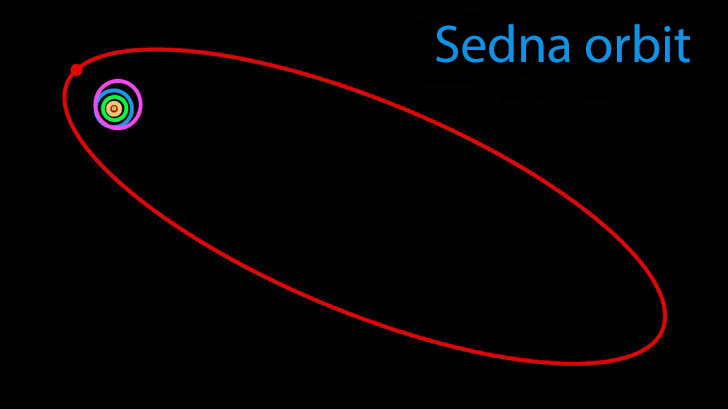
- The local year here is very, about 11.487 standard years. This is more than at any other major celestial body in our system.
- Many scientists believe that Sedna is located not in the Kuiper belt, which surrounds the Solar System, but even further, beyond it, in the scattered disk or even in the Oort cloud.
- The strangely elongated orbit of this dwarf planet goes against some aspects of celestial mechanics. Some scientists believe that it is due to the presence of another large planet somewhere in the outer Solar System, which isn’t discovered yet.
- Gravity on the surface of Sedna is weaker than on Earth by 20-35 times, according to modern estimates. No one can say for sure yet though.
- In 2076, this dwarf planet will approach perihelion, the closest point in its orbit to the Sun. Even so, the Sun will look like a bright star from its surface. Small, but really bright though – about 100 times brighter than the Moon looks from the surface of the Earth.
- The day here lasts about 10 hours. At first, scientists believed that it could last up to 1-1. 5 months, but it turned out to be an incorrect theory.
- Sedna is almost identical to Ceres in size, a dwarf planet in the main asteroid belt, it’s a bit smaller than 620 miles (1.000 km) in diameter. Even Pluto’s moon Charon is larger.
- In 2006, it was found that there is not only methane ice on its surface but also water ice. There’s water on Sedna!
- The rich red color of its surface, according to science, is due to the presence of a large number of organic compounds.
- Sedna was the most distant object in the Solar system known to mankind at the time of its discovery.
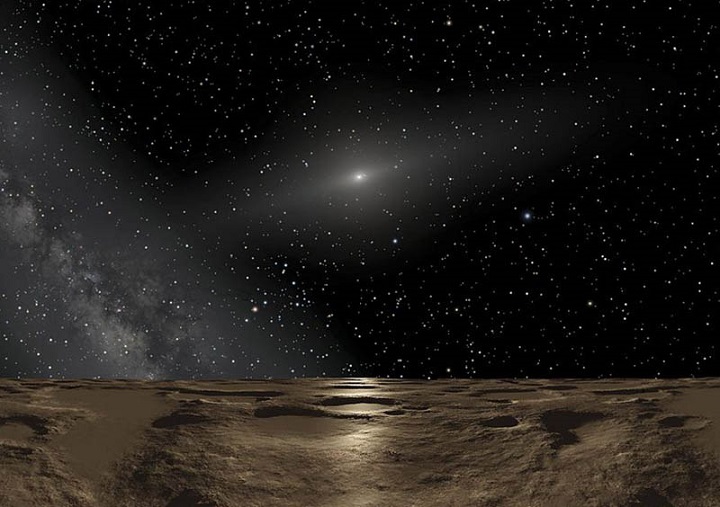
- No spacecraft will visit it in the close future for the obvious reason – it will take many decades to fly to this dwarf planet even at the nearest point of orbit and under ideal conditions.
- When Sedna will approach relatively close to the Sun, the temperature on its surface will rise to about -237 C°, and it will have a thin atmosphere for several hundred years. The situation is similar on the dwarf planet Eris.
- Methane and water ice cover up to 60-70% of its surface, according to various estimates.
- According to one theory, in the distant past, a wandering star or planet passed by our system, and the orbit of Sedna changed in such an unusual way due to the gravitational disturbances caused by this event.
- It has no satellites, so it is impossible to determine the mass of Sedna using mathematical calculations.
